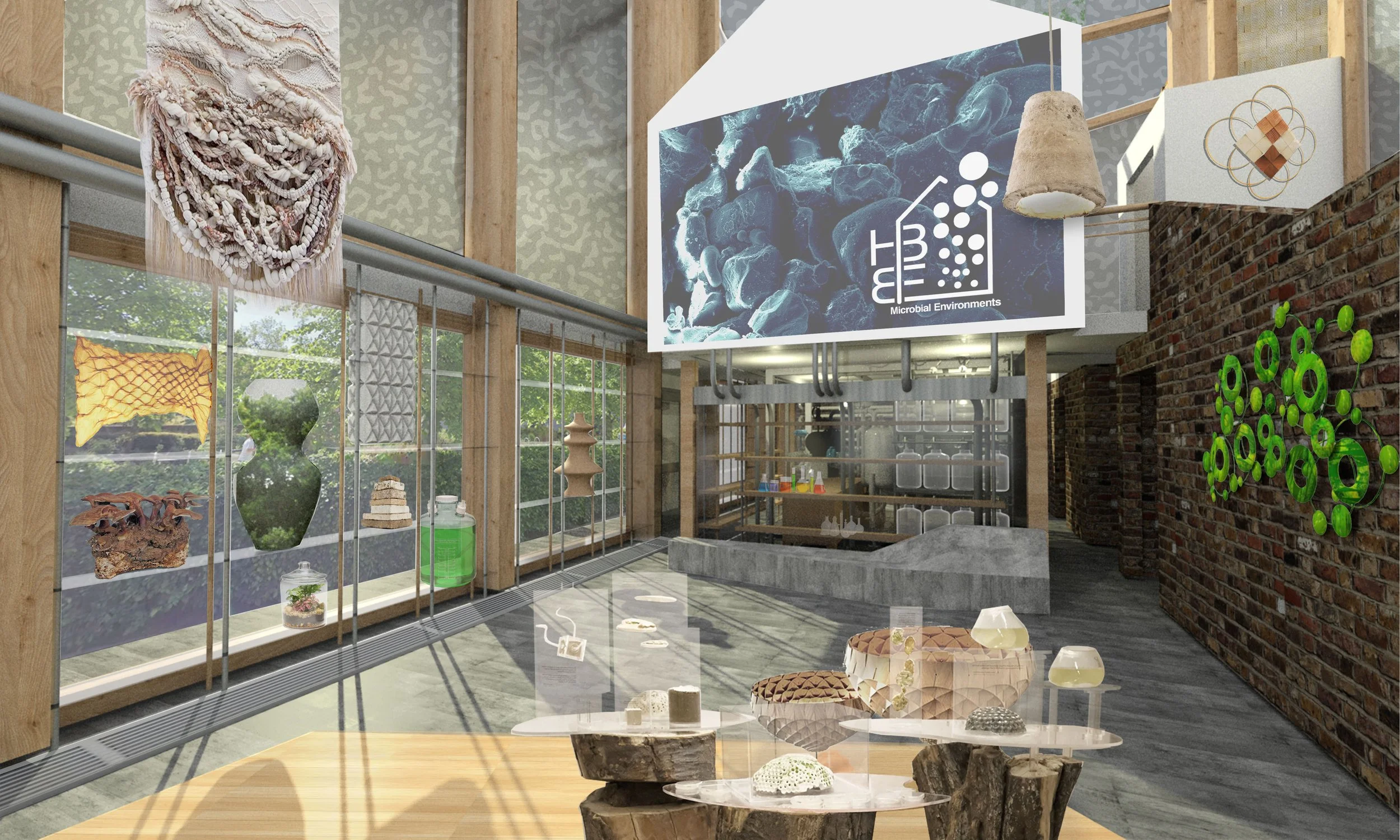Biological Living
It’s strange to think, but amongst many other things, the pandemic has turned many of us into biotechnologists without even knowing it. Sure, the process of baking bread may not seem all that scientific and indeed the success of some has certainly been questionable, but the process of utilsing yeast - a living organism - still makes even the most inedible loaves an example of biotechnology.
The collective desire to produce our own baked goods (banana-based or otherwise) at the beginning of the first lockdown underlines the fact that the harnessing of biological systems is not a new or necessarily novel innovation. But it does go to show that there is a willingness to bring biotechnology into the home when it serves a useful purpose, something that a team of professors from Newcastle and Northumbria Universities have chosen to take quite a few steps further than mere buns and bread.
The joint initiative involves building the world’s first Hub for Biotechnology in the Built Environment (HBBE), in which will be an experimental biological home known as The OME. The name itself, which is the suffix to words such as biome, genome, and indeed home, plays on the ideas and values that it represents, namely Living Buildings which are responsive to their natural environment; grown using living engineered materials to reduce inefficient industrial construction processes; metabolise their own waste, reducing pollution, generate energy and high-value products and modulate their microbiome to benefit human health and wellbeing.
Rather tellingly, the Hub combines two research clusters: Architectural Design at Newcastle University and Biotechnology at Northumbria University, and there is a significance to The OME representing a livable abode rather than a commercial space. The self-contained apartment will allow HBBE experts to test and demonstrate new biotechnologies in a domestic setting for the very first time, with tests of a wide range of technologies from new materials grown from microbes to waste systems that generate power from the output of the toilet set to take place. Surfaces and ventilation systems within the building will be modified to explore how the building’s microbiome - microorganisms composed of bacteria, bacteriophage, fungi, protozoa and viruses - can be manipulated. As we learn more and more about how our own microbiome affects us, it seems fitting to consider how we might encourage healthy bacteria within our built environment that benefit human health.
Elsewhere, prototyping and exhibition spaces where designers, architects, engineers and microbiologists will work together to create large-scale installations to demonstrate how their research can be applied at full scale within buildings. Living prototypes will be tested in the live moment allowing the team to learn about people’s response to, and interactions with, these new materials and systems. The ethos of the Hub allows professors and students alike to ask pertinent questions about how materials developments might shape our living environments and current hands-on research includes the Fibre Highways project, which investigates how a symbiotic relationship can be developed between knitted fabrics and microorganisms might help to cleanse polluted environments.
The apartment will sit above a laboratory, where processes will be developed to convert domestic waste including human waste, food waste, cardboard and plastics, into fuel, electricity, and other useful products. Outside, the striking façade of the OME has been designed to enable a range of material samples, both bio-fabricated and living, to be tested in an external environment and viewed by the public, whilst considering the interaction of the building with its environment.
As Professor Martyn Dade-Robertson, Co-Director of the HBBE at Newcastle University explains, “There is nothing quite like the OME anywhere in the world.” With work having already commenced on the new ambitious project, there is already much to be excited about, particularly at a time when the thought of a certain vial microbe looms large in all of our minds. Who knows, maybe future living buildings created as a result of The OME might even make global pandemics a thing of the not-so-distant past...we can but hope.
This article was first published by Design Insider Live


